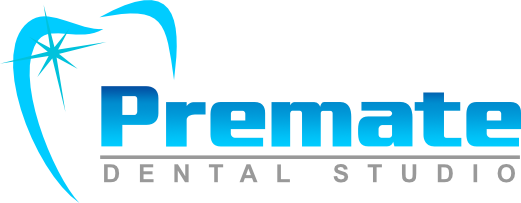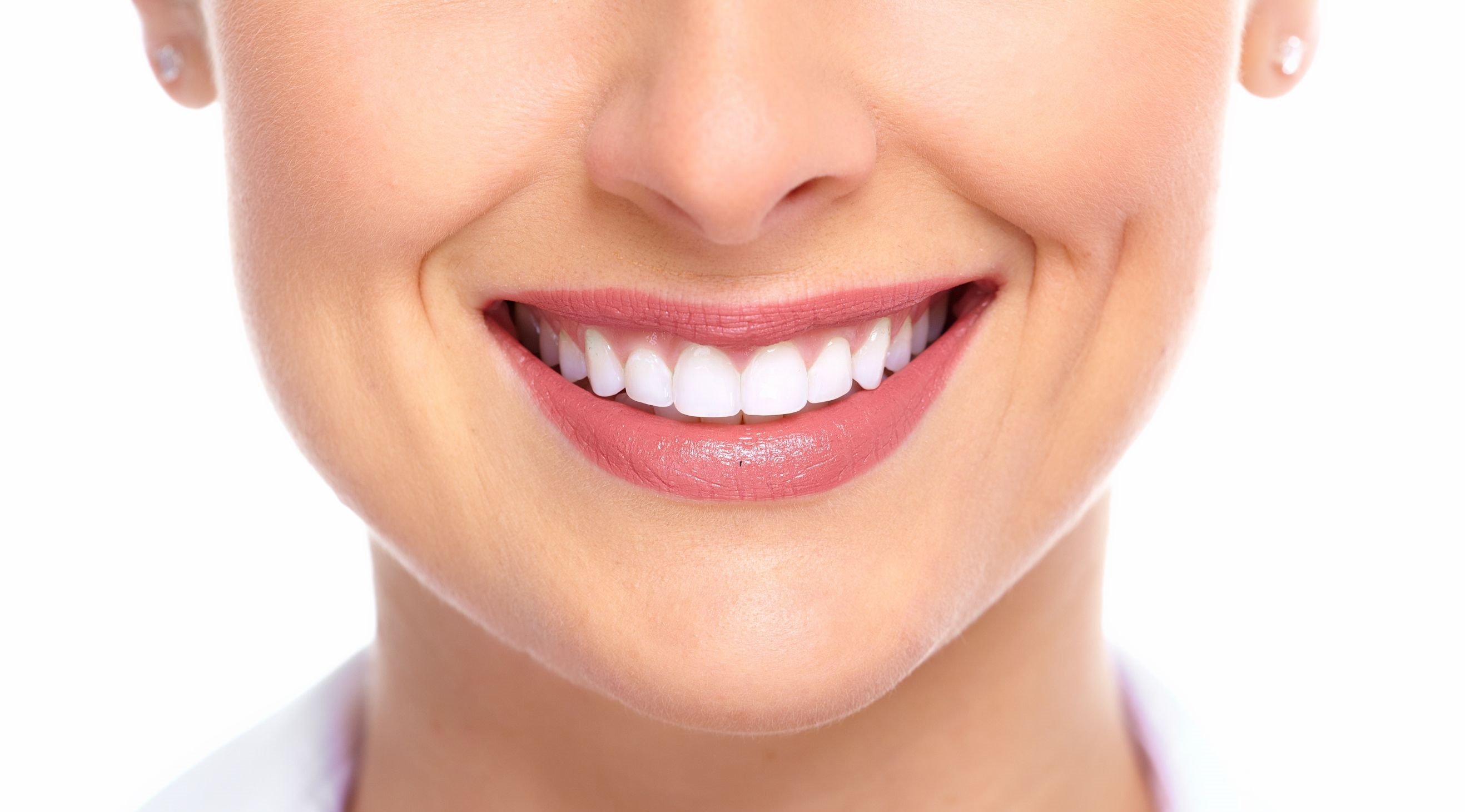Laser
The word laser is an acronym of Light Amplification by Stimulated Emission of Radiation, which means the intensification of light by stimulated radiation, and it is done by an optical device emitting a coherent beam of photon light, usually monochromatic (same lengths), of narrowly directed radiation.
Laser technology has progressed considerably in recent years, and because of the wide range of laser applications, it is used in almost all areas of dentistry.
The advantage of using laser in dentistry:
-
Treatments are simpler, faster and more comfortable for the patient
-
Using a laser, bacterial infection is minimized because high-energy air destroys bacteria and sterilizes the processed area.
-
Painless treatments, reduced need for anesthesia, and in many cases the use of anesthetics is not even needed
-
Bio-stimulatory performance
-
Damage to surrounding tissues is reduced to a minimum, resulting in reduced postoperative sensitivity and faster recovery
-
There is no scarring on soft tissues due to the sterile cut.
Laser application in oral surgery
Lasers are used in oral surgery to perform incisions, excisions, abscess drainage, and soft tissue coagulation. The use of lasers enables precise painless seizures without bleeding and less postoperative sensitivity and faster recovery of the patient after the procedure.
Laser frenectomy
Removing the connective attachment of the lips or tongue by laser for aesthetic, phonetic or orthodontic reasons is a short and completely painless procedure. The need for frenulectomy usually occurs in children for orthodontic reasons to allow the closure of the diastemas between the upper central incisors. Since the procedure is most often performed at a small age, the laser is an ideal instrument because it allows short and painless treatment and quick and easy recovery.
Laser gingivectomy and gingivoplasty
Gingivectomy is a surgical procedure that removes excess gingiva around the tooth crown. Gingivoplasty is the process of shaping and re-arranging gingival edges and modeling the gingival surface to a physiological form.
Removal of excess gingiva is most commonly performed in the area of incompletely gown wisdom teeth or in the area of the front teeth when the gums are too exposed when smiling (gummy smile). Like other oral-surgical procedures, the use of lasers eases and accelerates the procedure and recovery after gingivactomy and gingivoplasty.
Laser treatment of periodontitis
By using lasers, the treatment of periodontitis has undergone a real revolution. Treatment of periodontal pockets by laser allows us to remove inflammatory granulocyte tissue, a significant reduction in the number of bacteria and stimulates regeneration of periodontal tissue.
After removal of dental plaque and tartar accumulations through periodontal pockets, laser beams are applied which destroy aggressive bacteria and removes granulative tissue that, by its growth, results in bone resorption around the teeth.
Application of laser in endodontics
The root canal machining technique combined with the use of lasers and piezoelectric devices and intracanal disinfectants enables a significant reduction of bacterial count in infected root canals and an achievement of desired results in a smaller number of visits.
The optical fiber thread introduced into the root canal allows high decontamination up to 1100 μm inside the canal wall. It is important to note that classical chemical agents penetrate up to 100μm, but bacterial colonies can reach up to 700μm - 900μm depth. In other words endodontic laser treatment offers a very high level of root disinfection.
Application of laser in implantology
The laser can effectively perform gingive incisions in the first implant stage, without bleeding and trauma, and in the second stage of implant detection practically without anesethesis, which greatly contributes to better postoperative tolerability of the patient.
Lasers are successfully used in implantology to treat periimplantitis by acting on the same principle as in the treatment of periodontitis.
Treatment of herpes with laser
Today, herpes is successfully treated with laser, so it is very important to note that the treatment needs to be started before the breakage of the herpes bladder, and best at the very first occurrence of a sensation of uneasiness and burning around lips. The treatment is done so that the laser beam is transferred several times over the area of the herpes infection.
The benefits of treating herpes with laser:
-
The treatment lasts for a few minutes, it is completely painless and without the use of anesthetics
-
The energy of the laser beam destroys herpes simplex virus and accelerates healing and recovery of healthy cells.
-
The energy of the laser beam also changes the chemical balance in nerve endings and thus suppresses pain, and most patients feels relief after a few minutes.
-
If the lesion is treated initially, before bubbles appear, the bubbles will not develop.
-
If the bubble has already developed, after the lesion treatment it will no longer progress and the lip will return to its original state through a few day (without laser treatment it takes two weeks to heal)
-
Other than the lip recovering sooner, the entire healing process will be more comfortable for the patient after laser treatment
-
At the place of the laser treatment, new lesions appear less frequently and have less intensity
-
The laser will significantly reduce the pain, the size of the infection and the healing time of the lesion
Aphthous ulcers laser treatment
Tretament of aphthous ulcers results in immediate reduction of pain and acceleration of the healing of auxiliary lesions.
Studies have shown that 70% of small aphthous lesions after laser treatment have healed within 48 hours, while in the remaining 30% of cases they healed through the next two days (no laser treatment for minor acute lesions is needed for an average of 7 to 14 days). Large aphthous lesions after laser treatment heal through 2 to 7 days, while treatment of large aphthous lesions without laser takes 10 to 30 days.
Treatment of over-sensitivity of teeth with laser
In cases where gums have receded and there is sensitivity of exposed teeth, laser treatment allows us to close open dentinal tubules (with nerve endings) and immediately remove sensitivity.
Laser teeth whitening
When whitening teeth with laser, the laser beam activates the previously applied whitening agent on the teeth surface. Activation results in a significantly better effect of the bleaching agent and less sensitivity after treatment.

